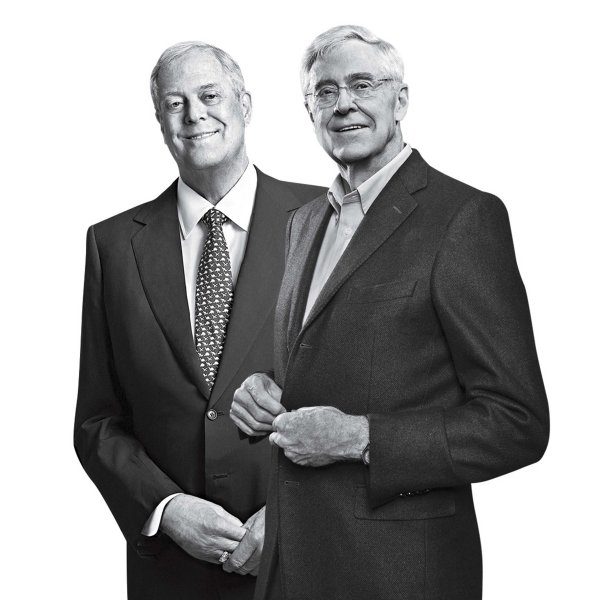-----
 |
| A 1999 Valley Metro Bus wearing the 1993-2006 paint scheme. (Msr69er) |
The current Valley Metro Rail began with the "Transit 2000 Regional Plan", or "Transit 2000", introduced in... the year 2000. Through a .5% sales tax, Phoenix voters aimed to improved the bus service and create a light rail service for better transportation at an affordable budget. The plan wasn't new, having been first proposed in 1989 as the "ValTrans" elevated rail system, but it was turned down by voters due to "cost and feasibility concerns." The initial plan called for $1.4 billion across twenty miles in construction costs, with a further $184 million in operational costs once the system was running, but it showed promise.
 |
| Valley Metro Rail's original route, prior to extensions. (The Transport Politic) |
The trains would run similar to the Metro Blue and Gold Lines and other modern streetrunning installations: a raised "center reservation" down the middle of the street, with small private right-of-ways found at bridges. A minor hiccup occurred during construction when significant stretches of rail were found to have cracks due to improper plasma cutting with the fault landing square at the construction contractor's doorstep. The cracks were found in March of 2008, but repaired by May at a cost of $600,000 (not footed by the contractor). Despite this, the last of the concrete and rail were laid anyway in April and the first 50 light rail cars from Kinki Sharyo arrived for testing.
/3143531456_27ae85732d_b-5c48e6b44cedfd000137230f-04e646bde4694e2dbfac6ab4b31749f0.jpg) |
| A Valley metro Kinki Sharyo LRV departs Smith-Martin/Apache, one of many median stations on the line (Steven Vance) |
 |
| Phoenix Street Railway No. 116 sits on the sidelines during the Valley Metro's opening festivities, having recently turned 80 (Ixnayonthetimmay) |
The initial ridership proved a success, and it just kept rising and rising as the initial 44% farebox recovery was soon surpassed as the enormous ridership brought in plenty of revenue to offset the operation costs by $44 million by 2014. Urban development was also fostered in downtown Phoenix and Tempe, which gave the Valley Metro more incentive to grow. The first extension stretched into Central Mesa, costing $200 million over 3.1 miles and adding 5,000 daily riders to the fareboxes in its four new stations.
 |
| A local business, the El Fenix panderia, supporting 4 Lanes or No Train, in South Phoenix (Associated Press |
 |
| David (left) and Charles Koch (right), anti-rail billionaires behind the new Streetcar Conspiracy. I made the picture deliberately small. (TIME Magazine) |
 |
| The first Valley Metro tain arrives at the new 50th Street station, and it's not in service. Great. (Gannett Fleming) |
In the meantime, ridership and travel times remain relatively reasonable, with the entire route taking 83 minutes from Phoenix to Mesa. The system also boasts one of the highest ridership compliances in the country, at 94%, with no foreseeable decline in ridership right now. Though the system remains a single line (much smaller than the PSR), it has certainly proved itself healthier and hardier than its predecessor, with the hopes it continues to be one of the best streetcars in America and a source of growth for Phoenix, Tempe, Mesa, and its surrounding neighborhoods.
 |
| A recent study map from early 2019 showing the planned expansions of the Valley Metro Rail. (Downtown Mesa!) |
-----
Well, dear reader, I'm in a bit of a panic as is my editor. Unfortunately, Arizona doesn't have any other significant light rail or trolley systems to talk about beyond Phoenix and Tucson. However, fret not! As I write this by the seat of my pants, this month is also going to look at another state barren of its streetcars: Nakkune's home state of Wyoming! I'm sure we can find some way to fill time while this month is still young. In the meantime, follow our social medias, go buy a shirt if you want, and ride safe out there!

No comments:
Post a Comment